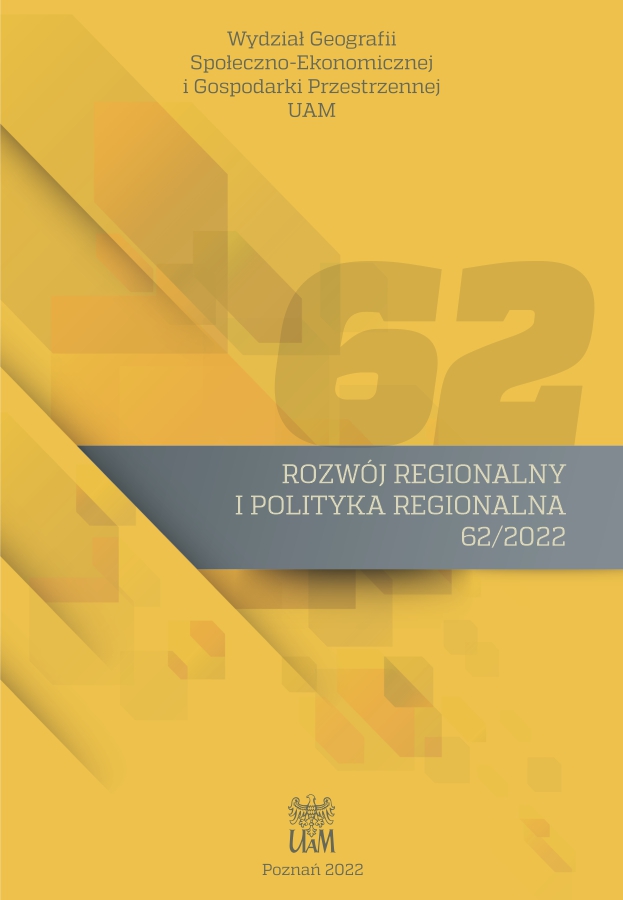Zróżnicowanie polityki podatkowej gmin województwa wielkopolskiego w latach 2018–2021
Diversity of tax policy of municipalities in Wielkopolskie voivodeship in 2018–2021
Author(s): Paweł MotekSubject(s): Politics / Political Sciences, Economy, Political Theory, Political economy, Socio-Economic Research
Published by: Uniwersytet Adama Mickiewicza
Keywords: local tax policy; local taxes; municipalities; Wielkopolskie Voivodeship
Summary/Abstract: The aim of the article is to present the diversity of local tax policies of municipalities in the Wielkopolskie voivodeship, especially to identify factors explaining this diversity and to carry out a typology of local tax policies. The concepts of tax competition and the political cycle were used to explain the variation in local tax policies. Property tax, agricultural tax and forestry tax were included in the study. The linear regression method and Ward’s hierarchical clustering method were used in the empirical analysis. The study covered 226 municipalities in the Wielkopolska Voivodeship from 2018 to 2021. The results obtained indicate that the factors explaining the variation in local tax policies are: the size of the municipality, the wealth of the municipality, the distance from a large city and the tax rates applicable in neighboring municipalities. This means that municipalities with larger populations and higher own incomes are characterized by a higher degree of fiscalism and, as a result, enact higher local tax rates. Smaller and less wealthy local governments have more liberal tax policies. In addition, tax rates increased with distance from a large city. A significant increase was observed in municipalities located within 20 km of a large city. This may be due to the municipal authorities’ desire to take advantage of the location and the suburbanization processes taking place. Tax rates in neighboring municipalities also appeared to be a factor explaining the variation in local tax policy. The increase in the tax rate in a given municipality resulted in a decrease in its neighbors, which to a certain extent may indicate the occurrence of a tax competition phenomenon. The typology of local tax policies carried out showed that the dominant type was the fiscal type focused on maximizing budget revenues. The liberal and populist types were less common. Policies with a more fiscal orientation were mainly pursued by urban municipalities, with larger populations and more affluent. In contrast, liberal and populist policies were pursued by rural and less populated municipalities.
Journal: Rozwój Regionalny i Polityka Regionalna
- Issue Year: 2022
- Issue No: 62
- Page Range: 259-281
- Page Count: 23
- Language: Polish

